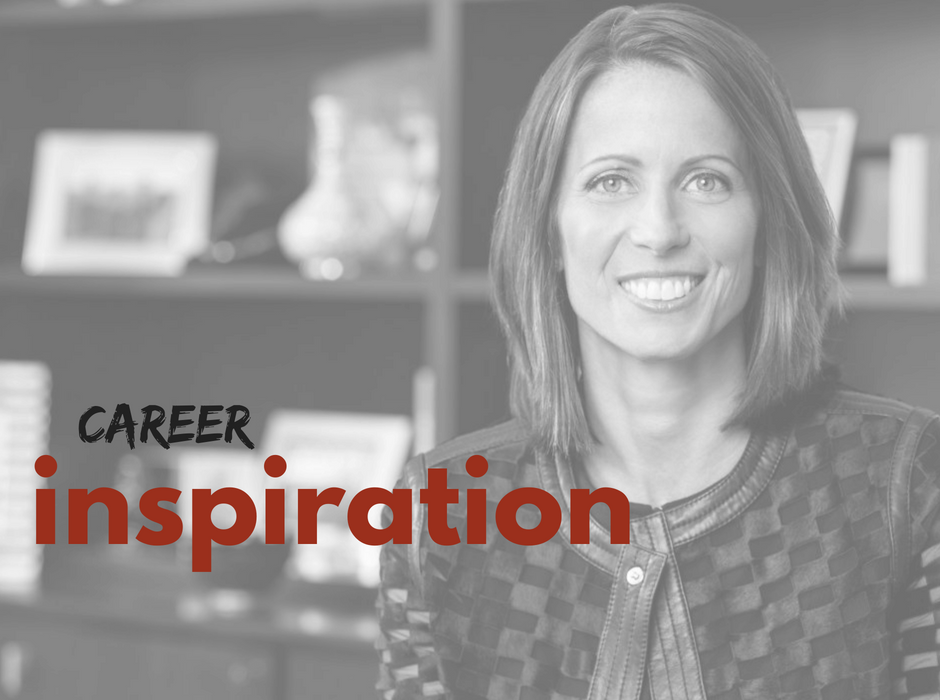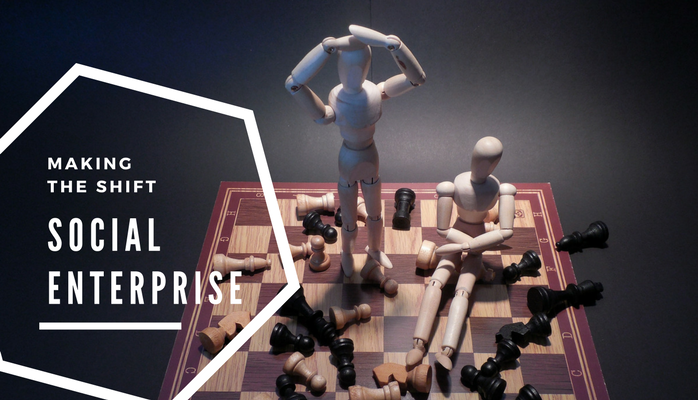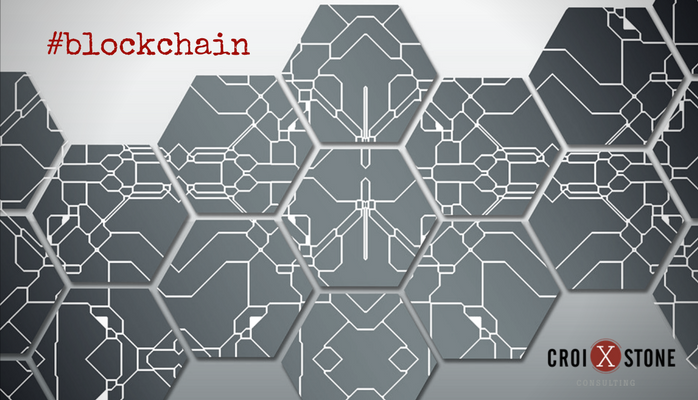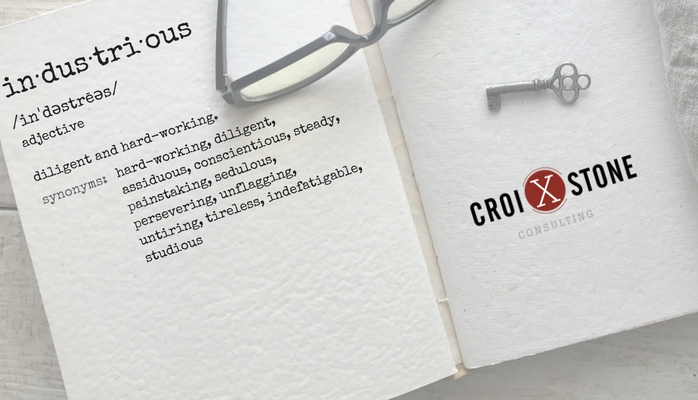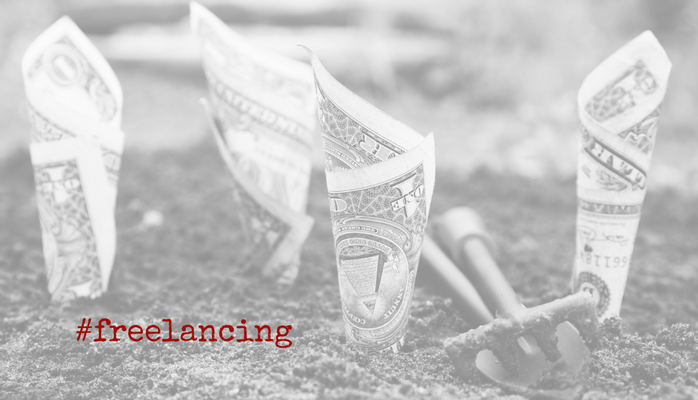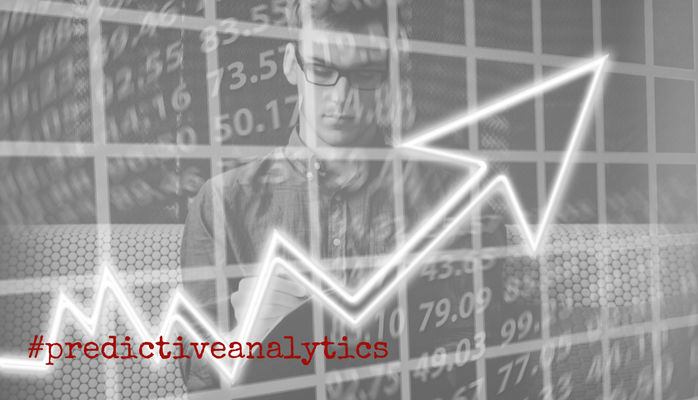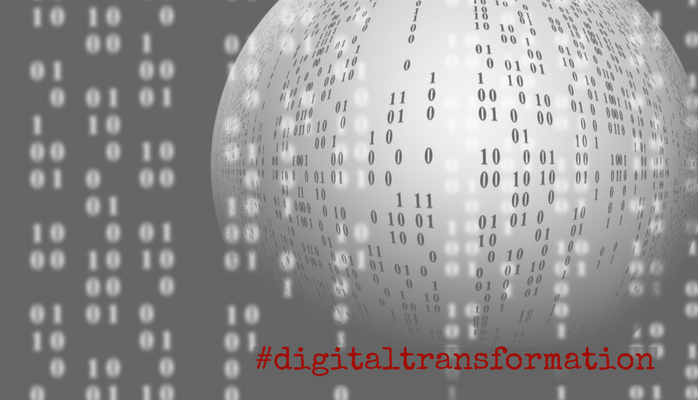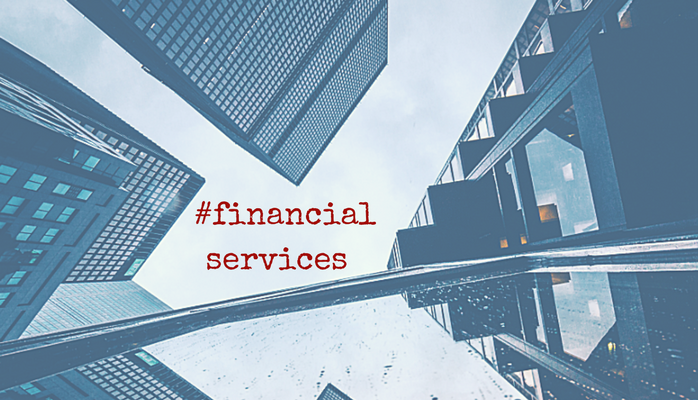Career Inspiration
As the 31st most powerful woman in the world according to Forbes, Adena Friedman, president and CEO of NASDAQ, is the first woman to lead a global exchange company. As a leader in her field, Adena looks to many other business titans for inspiration.
Learn about the quote from Jeff Bezos of Amazon that keeps her competitive.

